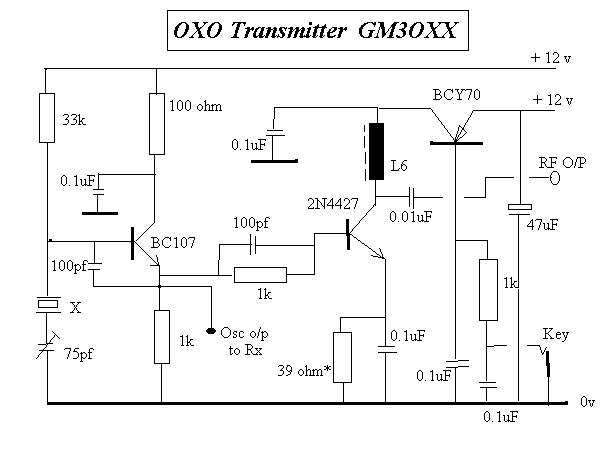(1) in the output of a 137kHz (up to) 25W transmitter
(2) in the output of an 8.97kHz (up to) 25W transmitter
(3) as an impedance transformer for a TX loop antenna at 8.97, 137 and 500kHz.
I was looking for an on-line calculator to help me work out secondary turns needed, but could not find one. Andy G4JNT helped with this input:
To aid calculations in future I have produced a small spreadsheet to work out the secondary turns from the input data (freq, cross sectional area and RF power out)."The magic equation is Vrms = 4.44.F.N.A.B all in SI units.rearranged Nmin = V / (4.44 . F . A . B)Al is irrelevant for transformers.Use a Bmax of 0.1 Tesla for Ferrites, allowing a decent safety margin.Your A (of 25 mm^2) = 25*10^-6 , F = 137000,25W in 50 ohms is 35V"
As an aside, I use http://www.66pacific.com/calculators/toroid_calc.aspx very often to work out the turns needed for the common HF toroids such as T37-x and T50-x.









